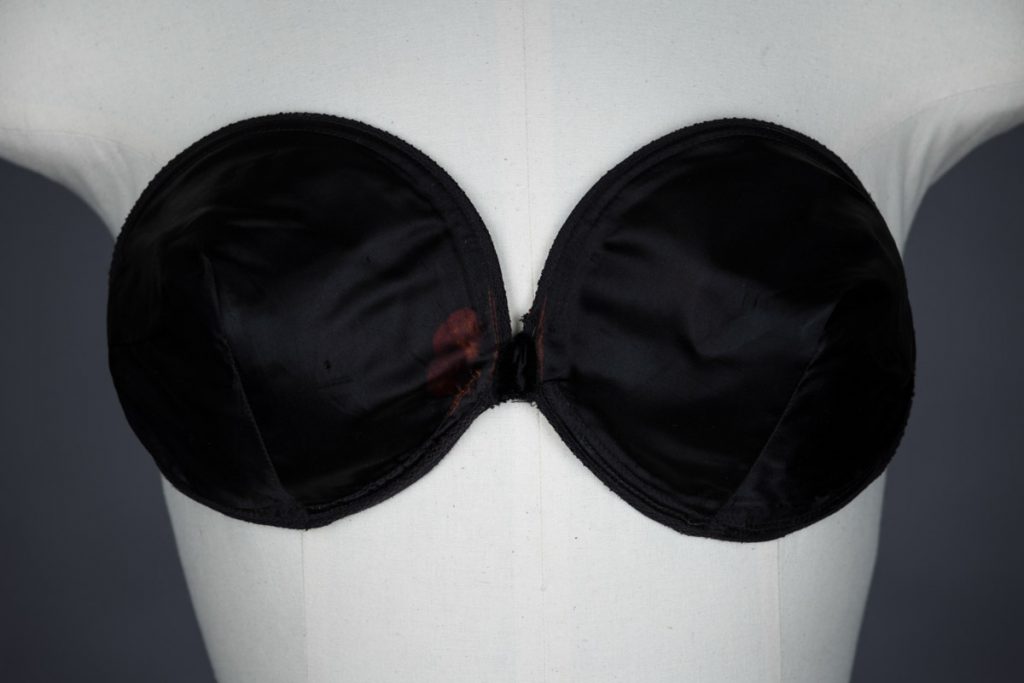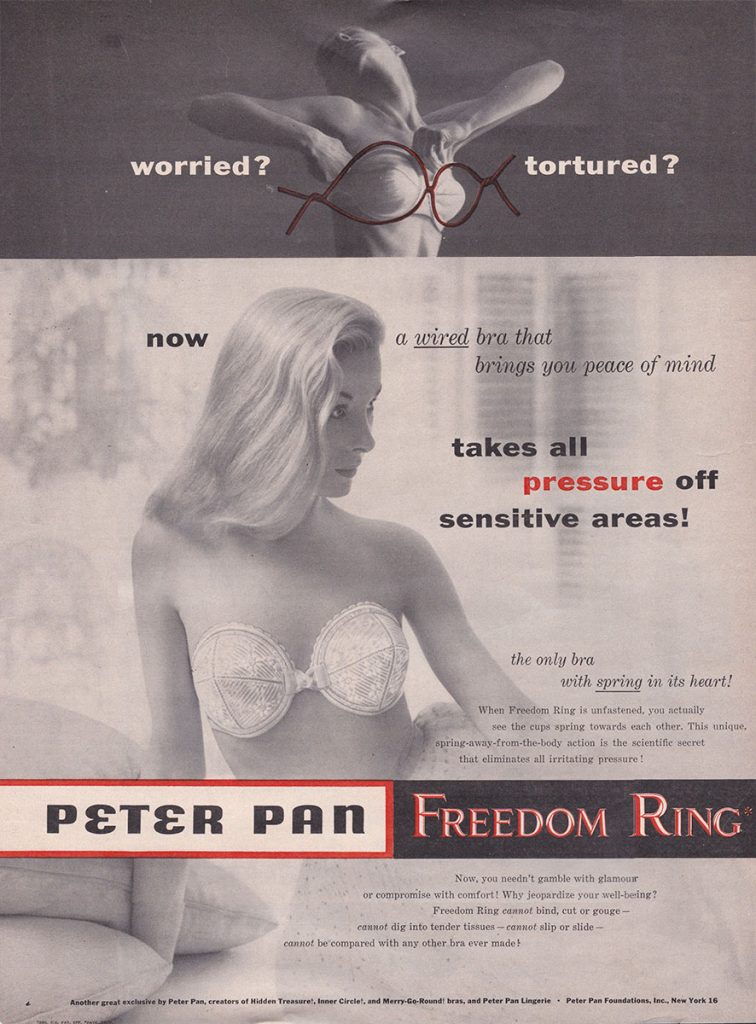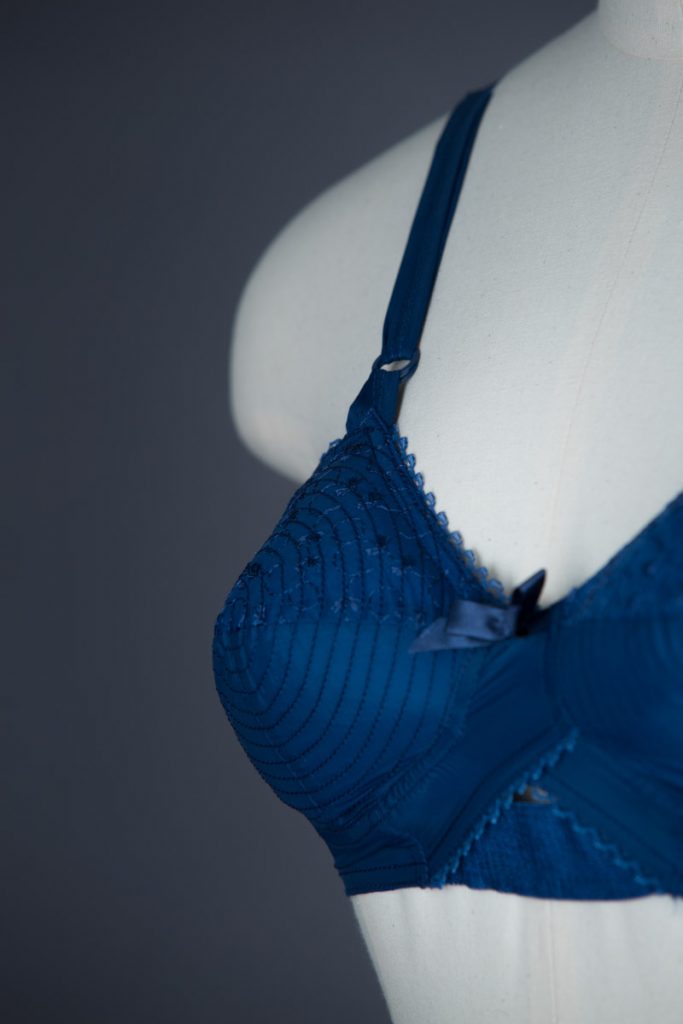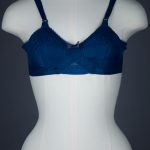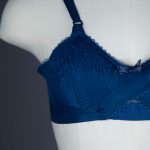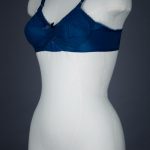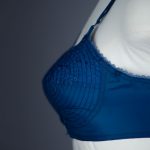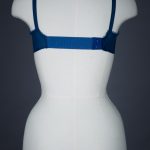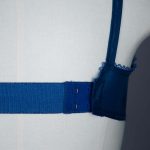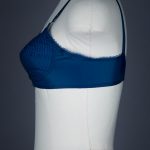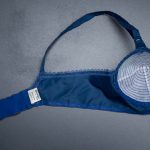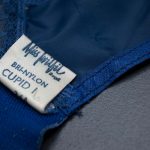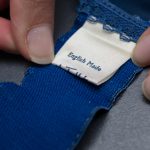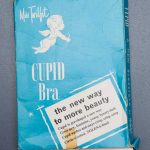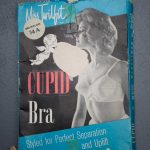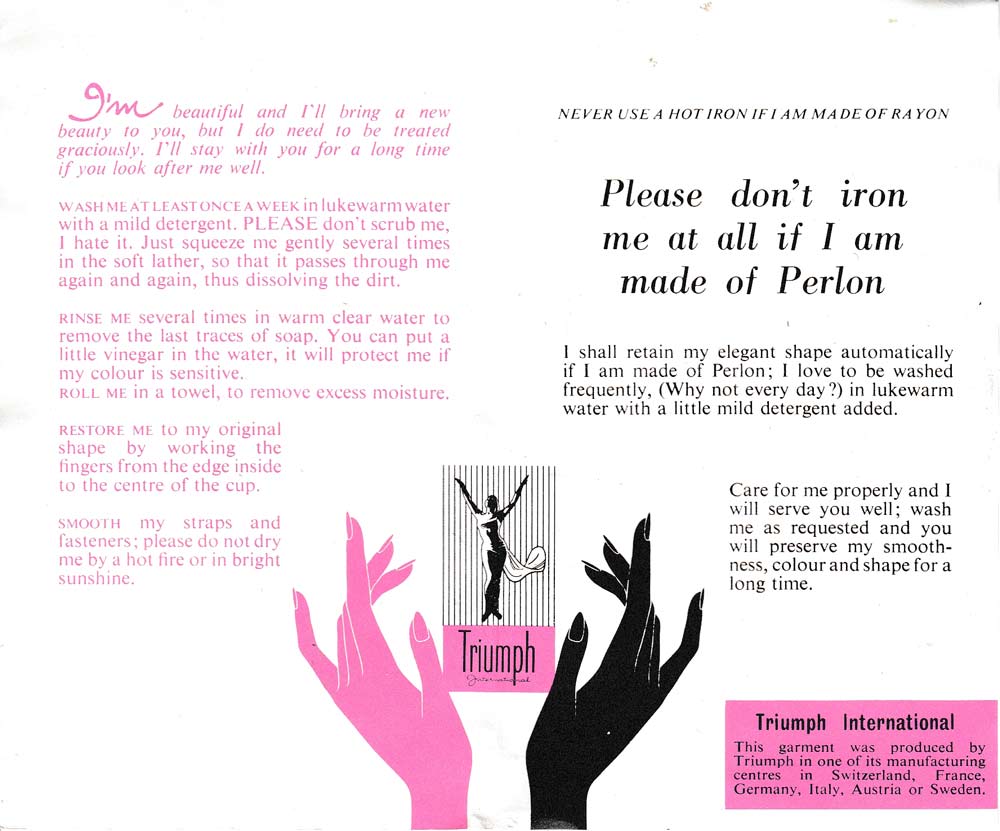In the late 1950s and early 1960s, bra cups could be moulded into shape and lined in a new process called pre-forming, which gave a very structured and rigid appearance. This was a trend which continued until the mid 1960s when a softer silhouette started to become fashionable. This was also when synthetics stopped being used as merely replacements for natural fibres and were instead celebrated for their own merits. The 60s was also a decade that saw the rise of the ‘teen’ market in the US and in Britain, with young consumers embracing inexpensive synthetic fashions and the bright prints which these manmade fabrics made possible.
Freedom of movement and comfort for the wearer became the focus of many bra adverts at this time. As many heavily structured 1950s styles often had plenty of wiring and boning which could dig into the skin over the course of a day, popular brands like Peter Pan and Berlei chose to advertise their new bras using the word freedom in the name or tagline, to emphasise the flexible and comfortable nature of their products.
